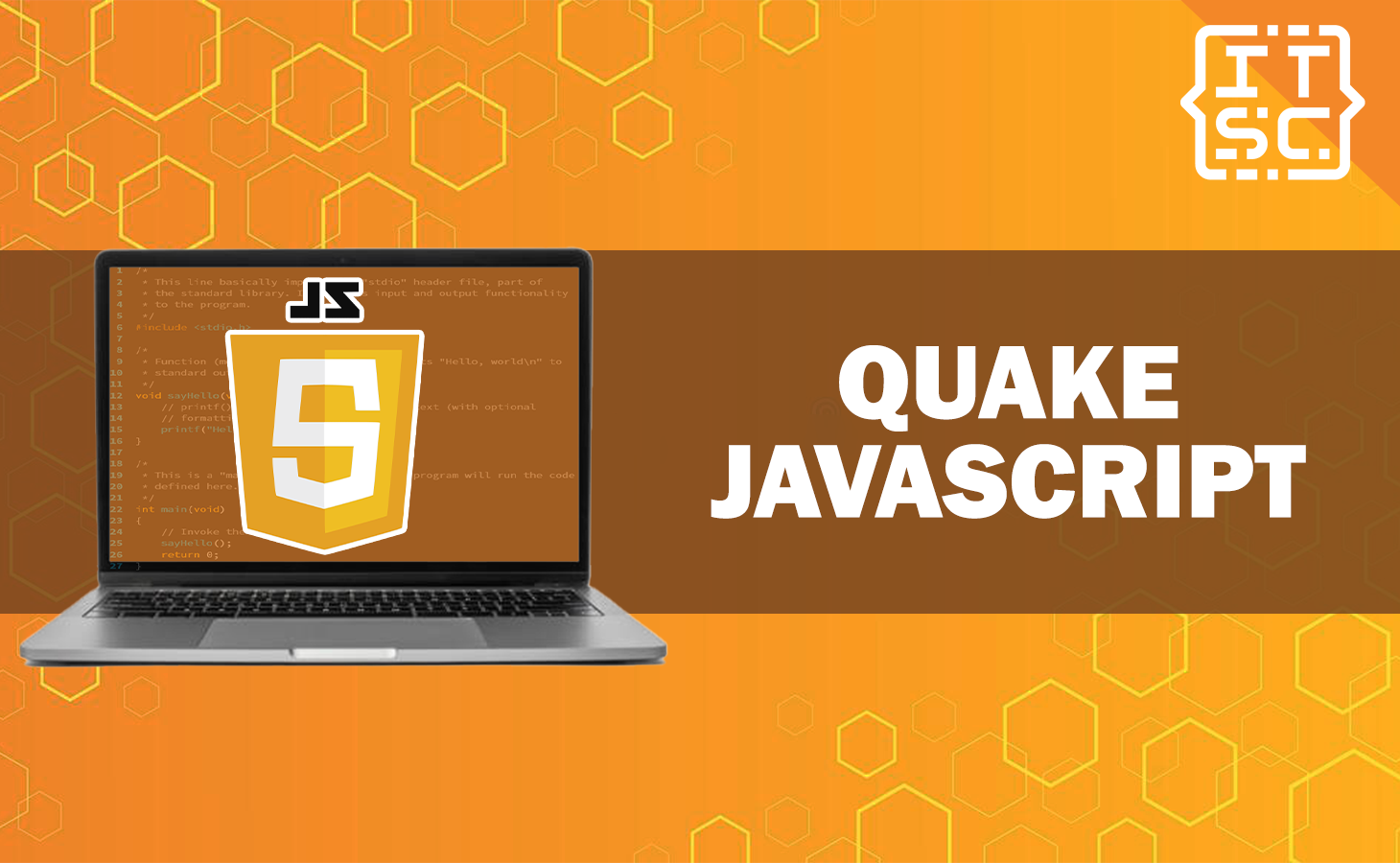Are you looking to take your web development skills to the next level and create a remarkable interactive web applications?
In this post, we will discuss the JavaScript Quake, exploring its features, use cases, and how you can apply its features to create exceptional user experiences.
What is Quake JavaScript?
Quake JavaScript is a powerful and lightweight JavaScript library that reduces the process of creating interactive and dynamic web applications.
It is created to make web development more effective and enjoyable by providing a wide range of tools and service that handle common tasks, allowing developers to focus on the creative aspects of their projects.
The Advantages of Quake JavaScript
Quake JavaScript provides a plenty of advantages that make it stand out from other JavaScript libraries.
Let’s take a look at some of the advantages:
- Easy Learning Curve
- Lightweight and Fast
- Cross-Browser Compatibility
- Rich Animation Support
- Powerful Data Binding
- Active Community
- Versatility
Getting Started with Quake JavaScript
To start your journey with Quake JavaScript, you first need to add the library in your project. You have a few options to do this:
- Download
- You can download the latest version of Quake JS from the official website and add it manually in your project.
- CDN
- Alternatively, you can use a Content Delivery Network (CDN) link to include Quake JS in your project. This method can save you time and effort as it will automatically load the library from a remote server.
Once you’ve added Quake JS in your project, you can start exploring its comprehensive capabilities and features.
Building Interactive User Interfaces with Quake JS
Quake JavaScript illuminates when it comes for creating interactive user interfaces (UIs) that engage users and provide a smooth experience.
Whether you are conspiring a simple form or a complicated dashboard, Quake JS UI components and tools have got covered.
- Component Library
- Event Handling
- State Management
Animations and Transitions with Quake JavaScript
Animations play an important role in increasing the overall demand and user-friendliness of web applications.
Quake JS makes it smooth to add animations and transitions, advancing the interactivity of your project.
- CSS Transitions
- Custom Animations
- Interactivity
Data Handling and Manipulation with Quake JS
No web application is complete without practical data handling and manipulation capabilities.
Quake JS provides certain tools to manage data and assure smooth data flow within your application.
- Data Binding
- Form Handling
- API Integration
FAQs
Quake JS has a gentle learning curve, making it beginner-friendly. It is a great choice for developers of all levels, from novices to experts.
Yes, Quake JS is functional and can be used for building mobile applications, along with web-based projects.
Absolutely! Quake JS keeps up with the latest trends and best practices in web development, ensuring your applications are up-to-date.
Yes, Quake JS has an active community and is regularly maintained and updated, ensuring its stability and compatibility.
Conclusion
In conclusion, Quake JavaScript is a remarkable library that allow developers to create dynamic, engaging, and feature-rich web applications.
Its easy-to-learn syntax, extensive capabilities, and active community support make it an excellent choice for both beginners and experienced developers.

